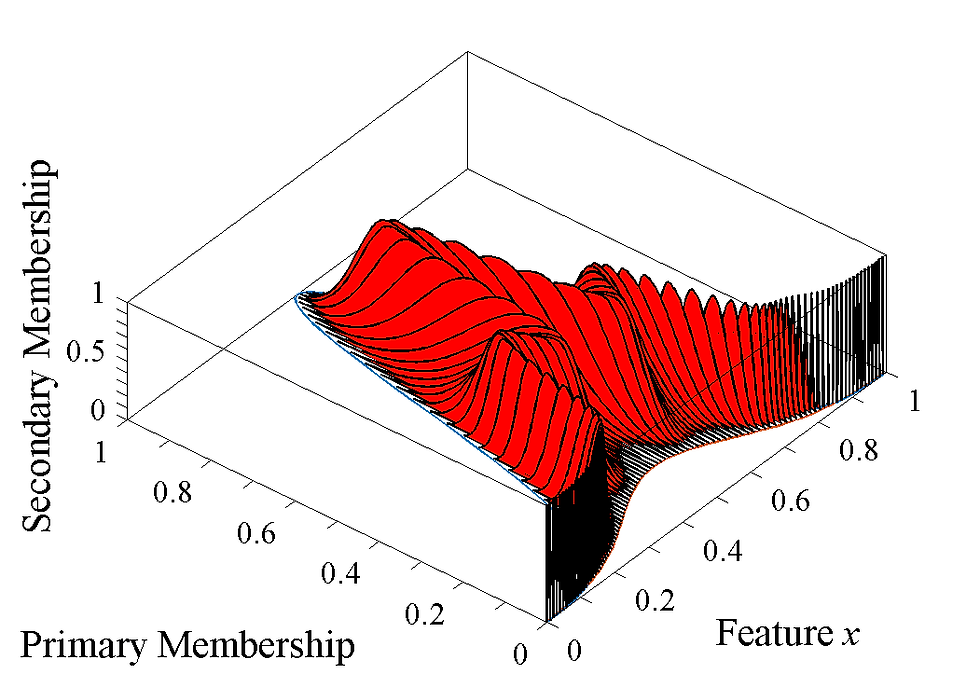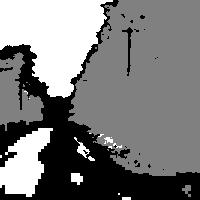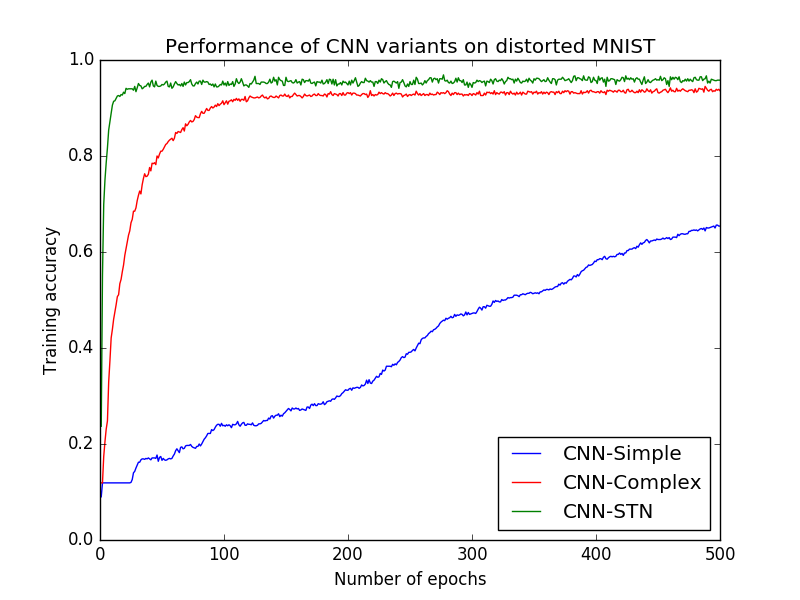LATEST PROJECTS
Relation classification in clinical data
Objective: Classify relations between marked entities in clinical text.
Approach: Various combinations of deep learning models such as CNN and LSTM. Also using attention layers in input and pooling.
Implementation: Tensorflow
Analysis of Fuzzy Membership Functions
There are thousands of applications of fuzzy sets. And there are hundreds of fuzzy membership functions. However, there are no guidelines for choosing appropriate MFs for applications.
I worked with popular data sets (read: Iris) and used Wilcoxon's tests to establish these guidelines.
I recently presented this at the IEEE WCCI 2016.
Adaptive Resonance Theory based clustering
The project involved integrating interval-valued fuzzy sets into the vigilance parameter while training a neural network for clustering.
Why ART? Few clustering algorithms can dynamically choose number of clusters, and ART happens to be one of them and very easy to implement.
Tested on image segmentation problems and got significant improvements over baseline methods.
To see more or discuss possible work let's talk >>
Project | 01
Project | 04
Project | 05




























Project | 03
Spatial Transformer Networks
The model was introduced at NIPS 2015 by Google DeepMind researchers and has mostly been used for classification of distorted images. I am trying to improve the architecture further by employing recurrent structures, and to use it in applications such as classification of egocentric images and captioning.
Source codes, data, and results are available on my Github page.
Project | 02